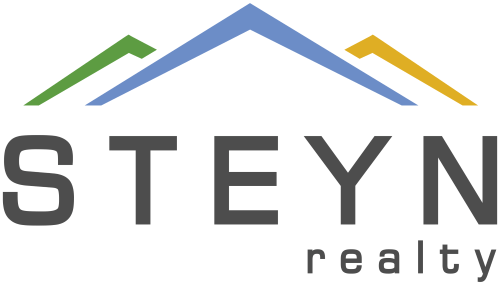As we are on the brink of a reduction in the Repo Rate and therefore the Prime Lending Rate, the first one since May 2020. We thought it would be a good idea to shed some light on this from a Real Estate perspective.
1. INFLATION
In short (as it can get quite complicated) …. Inflation is the increase in the cost of goods and services in an economy. When Inflation goes up, things get more expensive and when Inflation drops, things get more affordable / cheaper.
South Africa's inflation target range is 3−6%. The target is set by the Minister of Finance, in consultation with the Governor of the SARB. Since 2017, the Monetary Policy Committee has emphasised that it would like to see inflation close to the 4.5% midpoint of the 3–6% target range.
2. REPO RATE
The South African Reserve Bank (SARB) lends money to South African banks at a rate known as the repo rate. Repo Rate changes help to control inflation. When SARB believes that inflation is too high, it might increase the repo rate with the hopes that it will reduce borrowing and spending in the economy.
3. PRIME LENDING / INTEREST RATE
Banks lend money to their clients at a rate called the prime interest rate (PRIME RATE), which can be seen as the base rate for lending. Homeowners may receive offers from banks which are either Prime + or Prime - rates . The prime interest rate is linked to the repo rate. So, when the repo rate changes (up pr down), the prime interest rate also changes (up or down).
4. INTEREST RATE
An interest rate tells you how high the cost of borrowing is, or how high the rewards are for saving. So, if you're a borrower (home owner with a bond), the interest rate is the amount you are charged for borrowing money, shown as a percentage of the total amount of the loan.
5. EXAMPLES
To use the current figures as an example related to a home loan amount:
Inflation = Just under 5% (July stats)
Repo Rate = 8.25%
Prime Lending Rate = 11.75%
Interest Rate = Prime plus or minus depending on the offering from the bank.
Let’s take an example where a buyer buys a property for R 1 500 000. In the first example there is a 100% bond and in the second example the buyer has a 10% deposit. Both examples will be calculated over a 20 year period.
Example 1:
Purchase Amount: = R 1 500 000
Deposit = R 0.00
Loan Amount = R 1 500 000
Prime Rate = 11.75%
Interest Rate offered by the bank is Prime + 1.5% = 13.25% = R 16 255.00pm
Example 2:
Purchase Amount: R 1 500 000
Deposit (10%) = R 150 000
Loan Amount = R 1 350 000
Prime Rate = 11.75%
Interest Rate offered by the bank is Prime - 1.25% = 10.50% = R 13 478.00pm
In the second example the interest offered by the bank is below prime. Having a deposit can make a huge difference in your scoring and affordability according to the back. It lowers your risk and therefore you may be offered a better rate.
We trust that the above will be helpful and will assist in a quick sale of your property.
For ANY property related queries, please feel free to contact us directly or send us a WhatsApp message or email. We are always looking for stock and would love to help you to sell. Or out stock can be viewed at www.steynrealty.co.za.
Click here to join our Newsletter (Opt-out at any time): Click Here
Regards
Marnus & Juanita
072 264 7806 / 083 604 1231
Feel free so join us on Facebook, Instagram, Twitter & YouTube.
NEWSLETTER – CLICK HERE
FACEBOOK PAGE – CLICK HERE
INSTAGRAM – CLICK HERE
YOUTUBE – CLICK HERE

